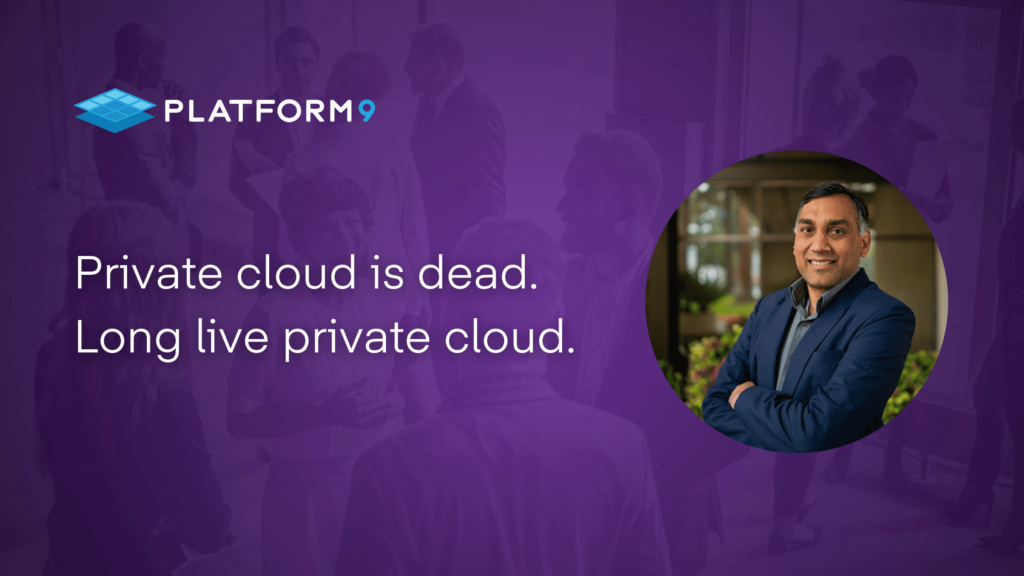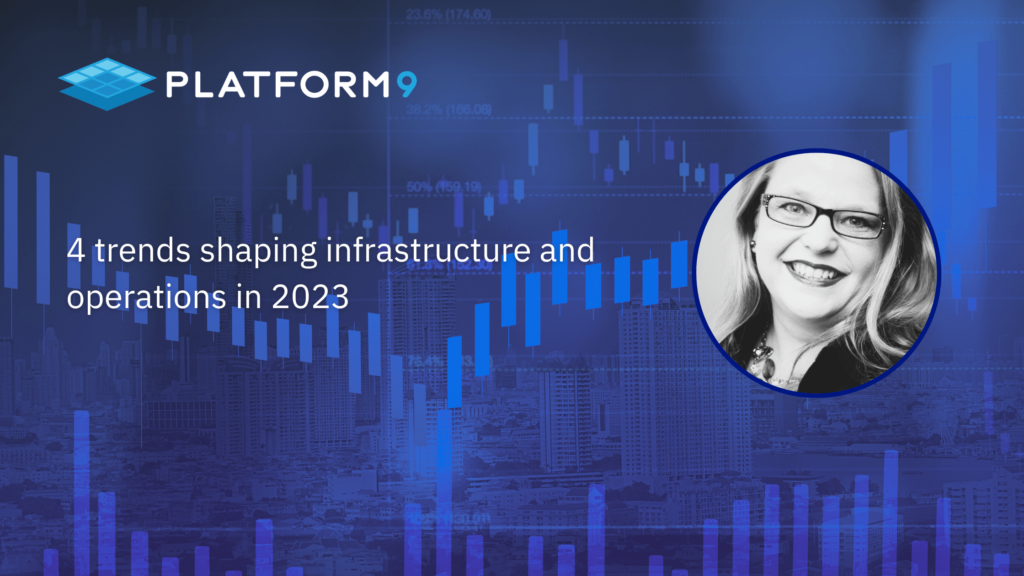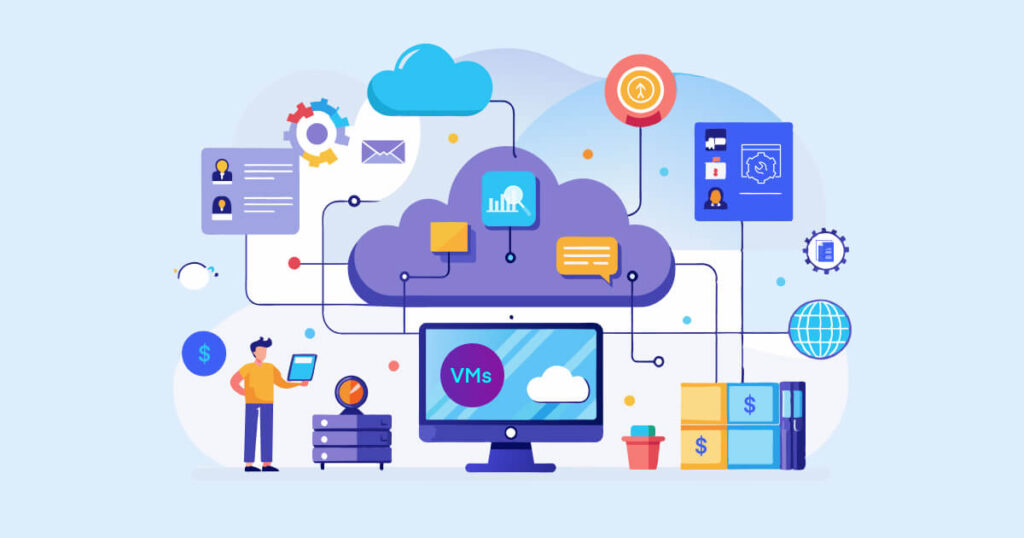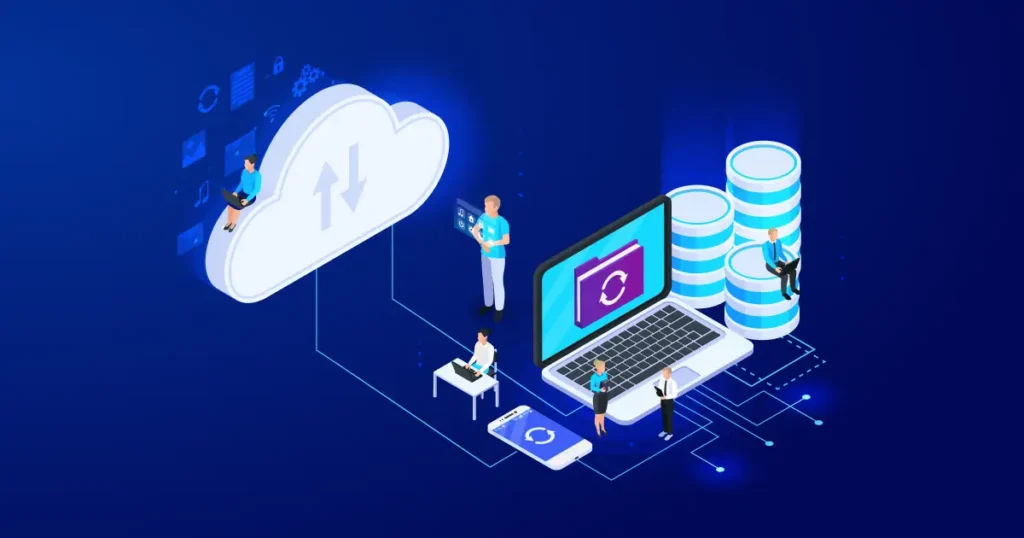I recently attended a CIO event in San Francisco, where industry leaders gathered to share trends, insights, and experiences. Several points stood out among the various discussions, sparking a thought-provoking debate about the future of the private cloud.
Unleashing the Power of AI on a Private Cloud: Pioneering Cancer Research
During one session, a senior IT executive from a pharmaceutical company discussed their groundbreaking cancer drug research. The executive described how their efforts to identify cancer signatures necessitated analysis of massive amounts of data that required combing through billions of DNA combinations. To meet this challenge, they built private data center infrastructure with 100 Gb networking. Using AI and tens of thousands of GPUs, they were able to accelerate the analysis of petabytes of data to identify cancer signatures in cells and develop drugs to prevent their spread. Notably, using a public cloud for this project was deemed prohibitively expensive due to storage, networking, and GPU costs.
Balancing Security and Innovation: The CISO’s Dilemma with ChatGPT
In another discussion, the Chief Information Security Officer (CISO) of a major biotech firm expressed concerns about privacy and regulatory compliance when using free AI models like ChatGPT. This company’s employees were discovered to be using ChatGPT, putting the use of IP and other sensitive company data at risk. In the end, she decided to restrict internal access to the AI tool. This emphasizes the significance of a secure environment capable of supporting ChatGPT-like functionality while safeguarding sensitive company data. There was consensus that “Privatization” of such powerful technology would be required to avoid jeopardizing security or regulatory compliance.
The Allure and Risks of Public Cloud
An opposing viewpoint emerged during a round table discussion when a senior executive from a global 500 financial services company stated that they are already 60% of the way into the public cloud and will eventually shut down all their data centers in the next 4-5 years. The executive cited two primary reasons: the public cloud’s operational expenditure (OpEx) model, which offers advantages over private data centers’ capital expenditure (CapEx) model, and the potential for increased productivity through the use of higher-level cloud services, which reduces the need for managing infrastructure of minimal value.
Unveiling the True Costs: A Deeper Look into Public Cloud’s Financial Implications and the Cost Efficiency of Private Cloud
Responding to the public cloud argument requires a more in-depth examination of its financial implications. Although the OpEx model may appear appealing at first, long-term costs must be considered. When comparing actual expenditures over a five-year period, the OpEx model of public cloud is significantly more expensive than the CapEx model of private data centers. There are often hidden costs associated with cloud services, such as data transfer fees, storage expenses, and bandwidth requirements.
OpEx or CapEx, dollars are dollars!
Here are some insights and scenarios in which private clouds can outperform public clouds in terms of cost efficiency. (Note: it is always recommended to conduct thorough research and analysis for specific use cases. Platform9 can help with a free consultation with one of our experts.)
Workload Specificity: When organizations have specialized workloads with specific resource requirements (AI/ML, HPC, and air-gapped applications are good examples), private clouds can be more appropriate and cost-effective. Workloads with consistent demand patterns and consistent resource requirements, such as certain scientific research or data-intensive processing tasks, can be managed more economically in private cloud environments. Finally, it’s extremely important to investigate the utilization patterns of your cloud infrastructure. It’s quite common to see low utilization and over-commitment of resources leading to wasteful expenditure.
Data Sovereignty and Compliance: Private clouds are still the preferred choice for industries with stringent data privacy regulations or specific compliance requirements. Public cloud providers may charge additional fees for compliance-related services or impose data residency restrictions, which can result in increased costs for organizations operating in multiple jurisdictions. Private cloud deployments enable organizations to avoid potential compliance-related penalties and costly data transfer fees by maintaining control over their infrastructure and data management.
Long-Term Cost Predictability: While public cloud services provide flexibility and scalability, the pay-as-you-go pricing model can result in higher long-term costs, especially for steady-state workloads with predictable resource requirements. Organizations can leverage fixed-cost models and optimize their budgets for the long term by investing in on-premises infrastructure or utilizing colocation services, potentially yielding cost savings compared to the variable cost structure of public clouds.
In addition, there are plenty of additional OpEx models besides public cloud, which are far cheaper, e.g., colos and infrastructure offered as a service.
Furthermore, the allure of higher-level services within the public cloud necessitates careful consideration. While these services increase productivity and reduce infrastructure management burdens, they have one potential disadvantage: vendor lock-in. A heavy reliance on proprietary tools and services from a single cloud provider inadvertently limits an organization’s future flexibility and bargaining power. Once deeply integrated into the public cloud ecosystem, this can lead to price increases and limited options.
The Continued Relevance of Private Cloud: Gartner Analyst Call for Balance
A recent LinkedIn post by Dennis Smith, a distinguished analyst from Gartner, emphasized the significance of on-premises solutions and reaffirmed the continued need for private cloud in certain scenarios.
“Geopolitical events are causing many parts of the world to want more control of their infrastructure footprint while also adding cloud-like capabilities to it. Second, enterprises are scrutinizing their critical on-premises workloads, and many are not totally comfortable running it within a public cloud. Additionally, the cloud providers’ distributed cloud offerings have not satisfied this requirement. And third, there is industry concern around some of the recently announced acquisition plans of traditional infrastructure providers causing some to look towards alternatives.”
Smith goes on to say: “It is interesting that OpenStack checks all of these boxes. In some ways I wonder if a new product now emerged without the historical baggage of OpenStack but the capabilities would get major industry buzz?”
Platform9 Offers the Next-generation Private Cloud Technology
At Platform9, we have long experience with deploying enterprise private clouds at scale (we started with OpenStack!). We have been working on a new product for the past couple of years that is based on KubeVirt. It combines the strength of virtualization and Kubernetes, offering a seamless management experience for virtual machines (VMs) and containers. It can also run on any infrastructure, including public, private, and edge.
We believe this is a compelling alternative to legacy technologies, as discussed in my previous post Breaking Free from VMware’s Uncertainty: How to Save Costs and Future-Proof Your Transition. This alternative allows businesses to cut costs, adopt cloud-native technologies, and future-proof their infrastructure. By migrating out of legacy virtualization products, leveraging automation, and with the power of a unified platform that can manage virtualization and Kubernetes together, organizations can drive operational efficiency, cost savings, and innovation.
Many consumption models will exist in IT infrastructure, just as there are numerous models such as lease, own, and rent in many other markets such as housing and cars. Businesses require private cloud solutions due to a variety of specific requirements and challenges, as highlighted by IT executives at this CIO event. While the public cloud’s OpEx model and higher-level services may appear appealing, long-term costs and the possibility of vendor lock-in must be carefully considered. As technology continues to evolve, organizations must approach the choice between private and public cloud judiciously, based on their specific needs and workload characteristics.
Interested in learning what your cost savings could be, based on your own use cases? Our experts can help you explore your potential TCO for your private cloud implementations and air-gapped scenarios. Schedule time with our team that works with your schedule.




